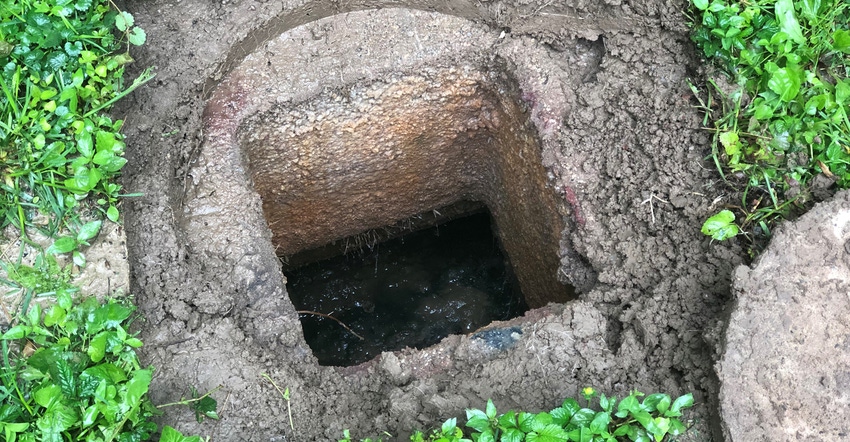June 3, 2020

One aspect of rural life lost during this traumatic time is the health of the on-site sewage system that treats wastewater generated in rural residences. With health officials suggesting or requiring “nonessential” workers and schoolchildren to remain at home this past spring due to the COVID-19 pandemic, the on-site sewage system in nearly every rural residence was placed under greater stress. Family members working from home were using the on-site sewage system all day every day. So were both K-12 and college students.
Related: Complete coronavirus coverage
Modern Indiana on-site sewage systems are designed based on soil properties and the number of bedrooms in the house, as well as outbuildings that contribute to the sewage load. Systems installed after 1990 should be capable of treating the additional load, if used within the limits of the on-site sewage system.
Systems installed before 1990 are of great concern. Some may be fine, but many are likely not as capable and at much greater risk of failure. Any on-site sewage system can fail if those in the home don’t choose to live within the limits of the system.
Conserve water
Water conservation to limit the generation of wastewater is an essential part of successful living on an on-site sewage system. With extra suggested and needed hand washing, this requires careful thought. For example, perhaps don’t allow the water to run when soaping up.
Lack of a specific schedule could encourage some people to take longer-than-customary showers. While enjoyable at the time, these contribute to an additional load on the system.
Unfortunately, many people have experienced weight gain during this period of restriction. Some of this may be due to extra baking done to relieve boredom. The waste generated in the baking process, including fats, oils and flour, represents waste that is difficult to impossible for the on-site sewage system to properly handle.
Similar concerns arise as sanitizing wipes are disposed of in the septic tank. These wipes will not break down in an on-site sewage system and add to the floating load of fats, oils and greases that form above treated effluent in a septic tank.
There are many other aspects of living successfully with an on-site sewage system. Take a few minutes to read these publications. Share what you learn with the family. Each one is worth a look:
Sewage system inspection and care
It may be time to inspect your on-site sewage system. You want to be sure the septic tank, distribution box, absorption field and any additional components are still performing as designed.
The Indiana Onsite Wastewater Professionals Association has a list of certified on-site sewage system inspectors who can inspect the entire system. These inspectors can determine if cleaning of the tank or other maintenance is required.
Waiting until the problem is obvious may be too late. That’s often when the toilet doesn’t flush or septic effluent seeps up over the septic field. If one of both of those happen, you’re in for unhappy times and a bigger repair bill.
Steinhardt is a Purdue University Extension agronomist and soils specialist.
Read more about:
Covid 19You May Also Like




